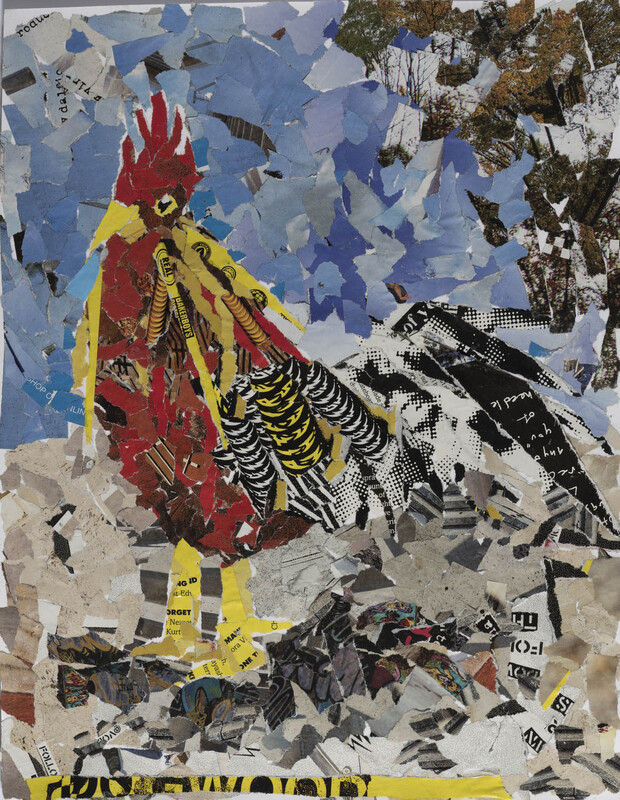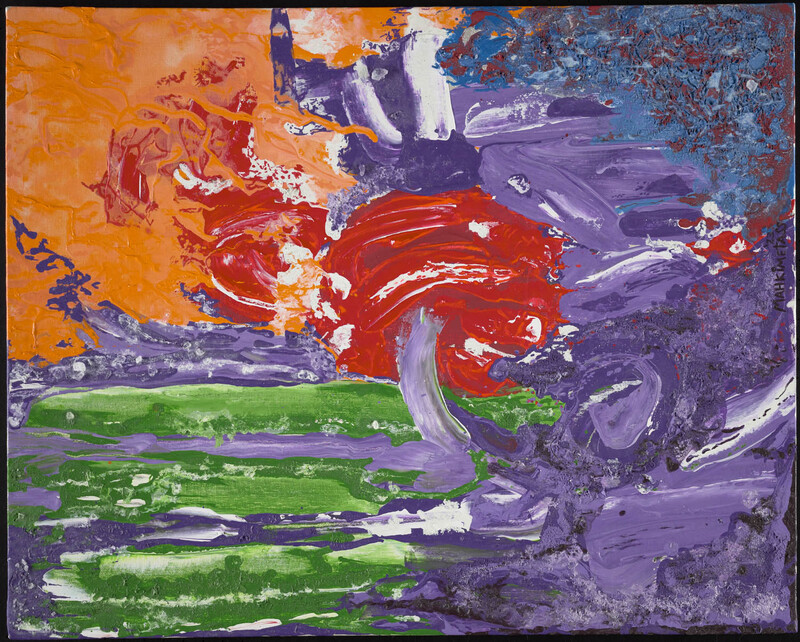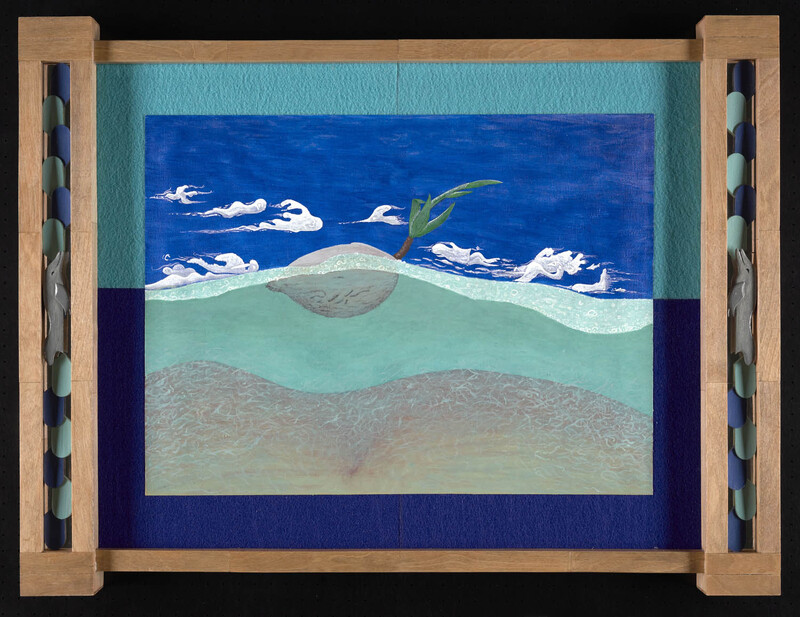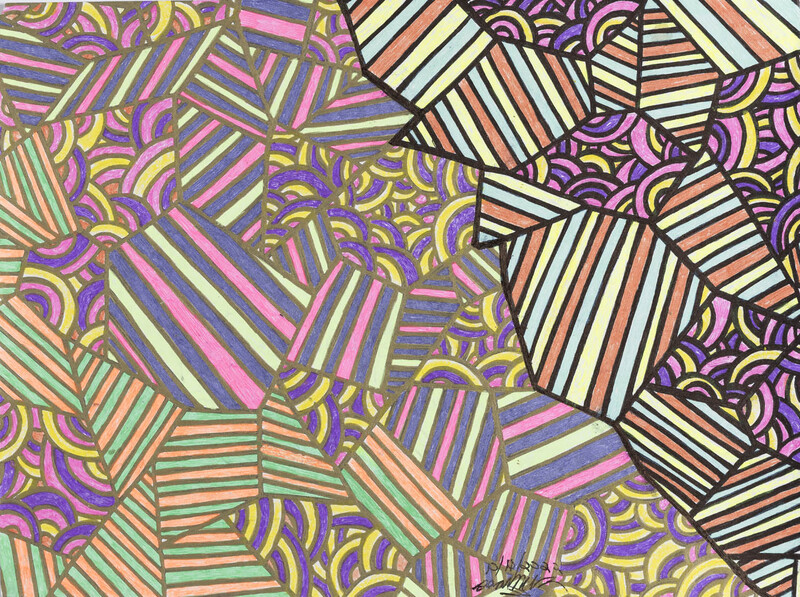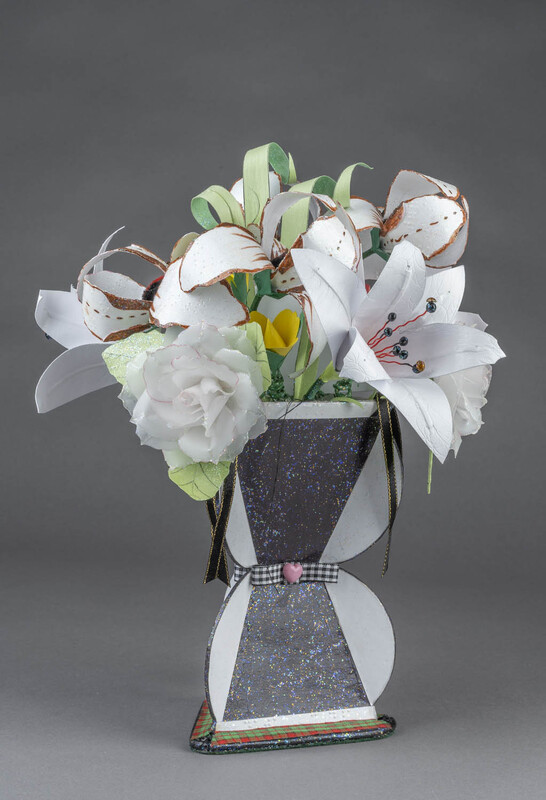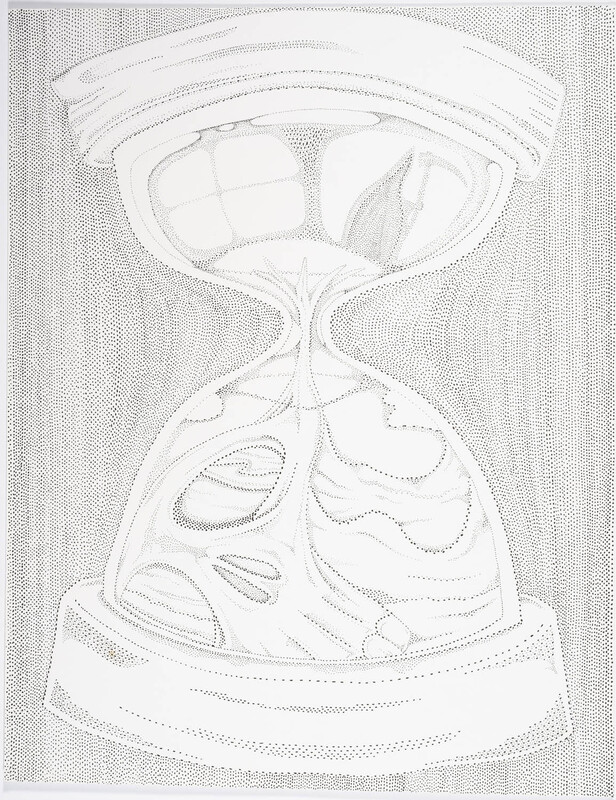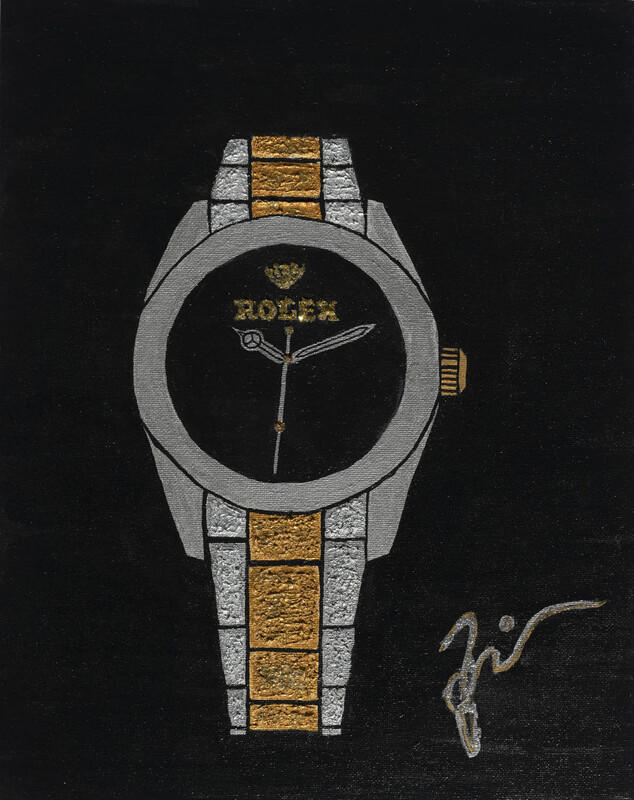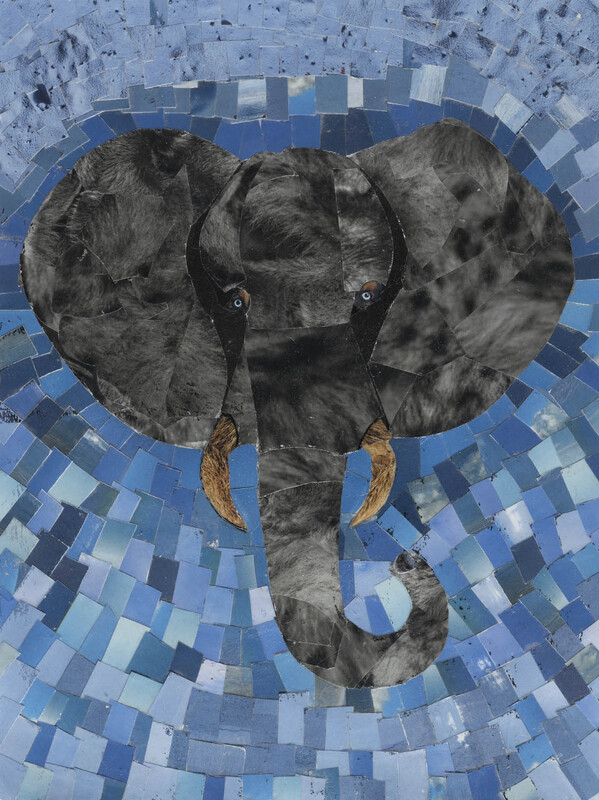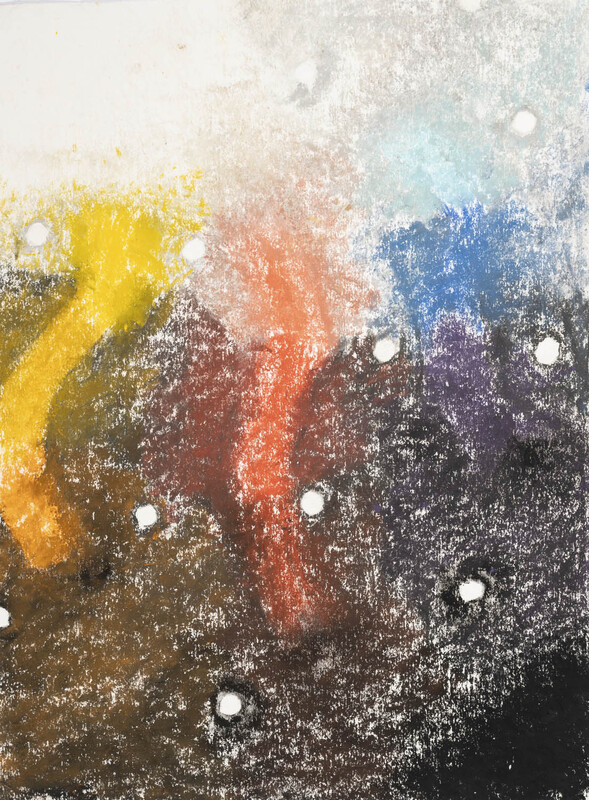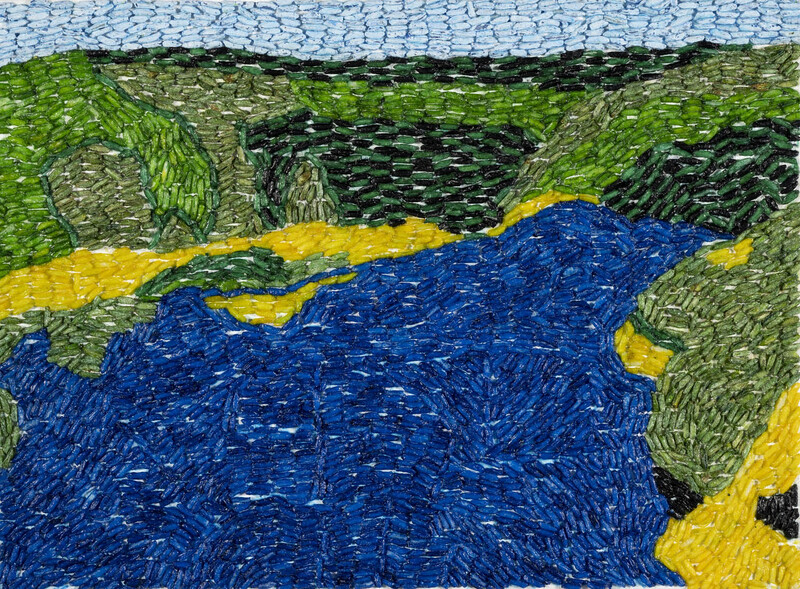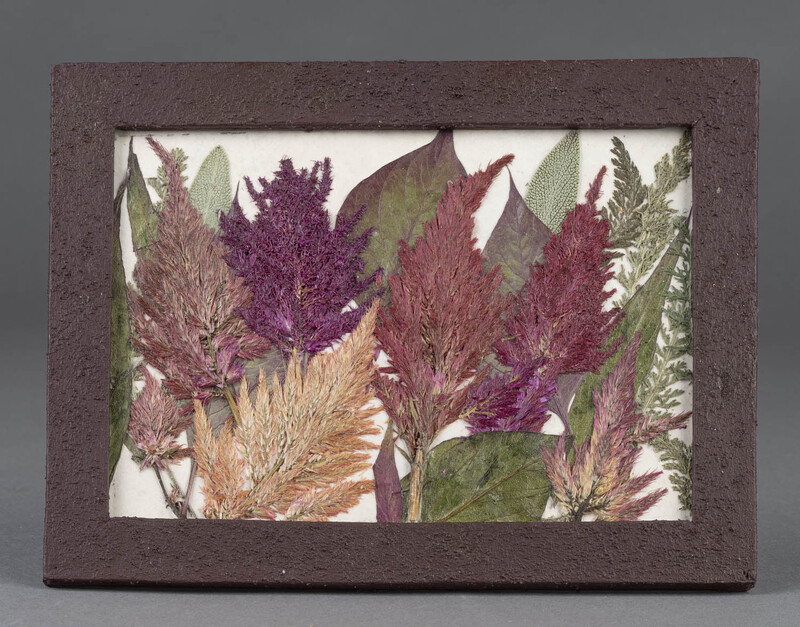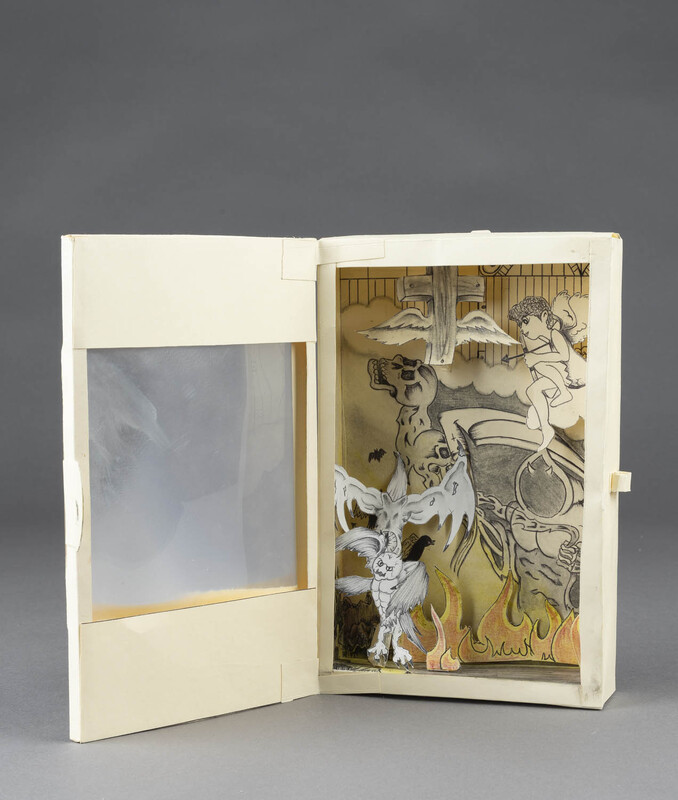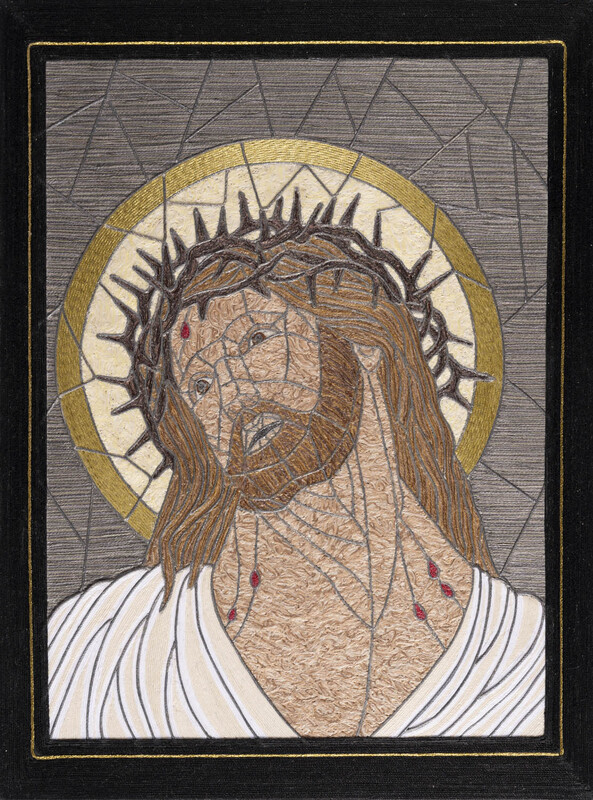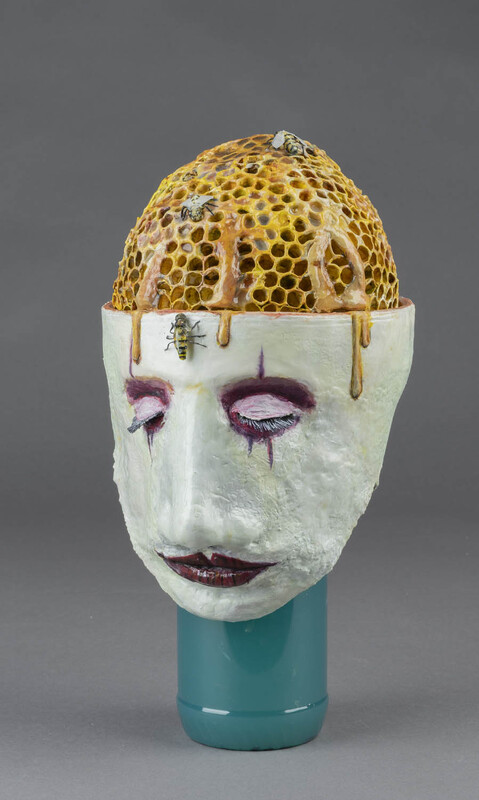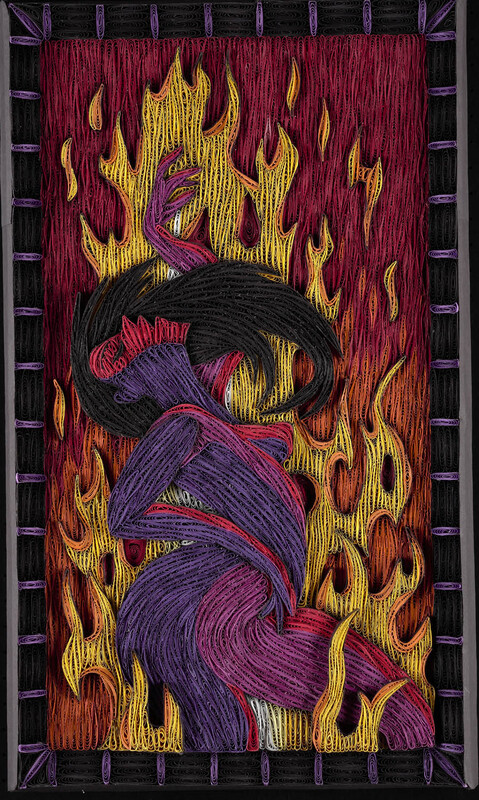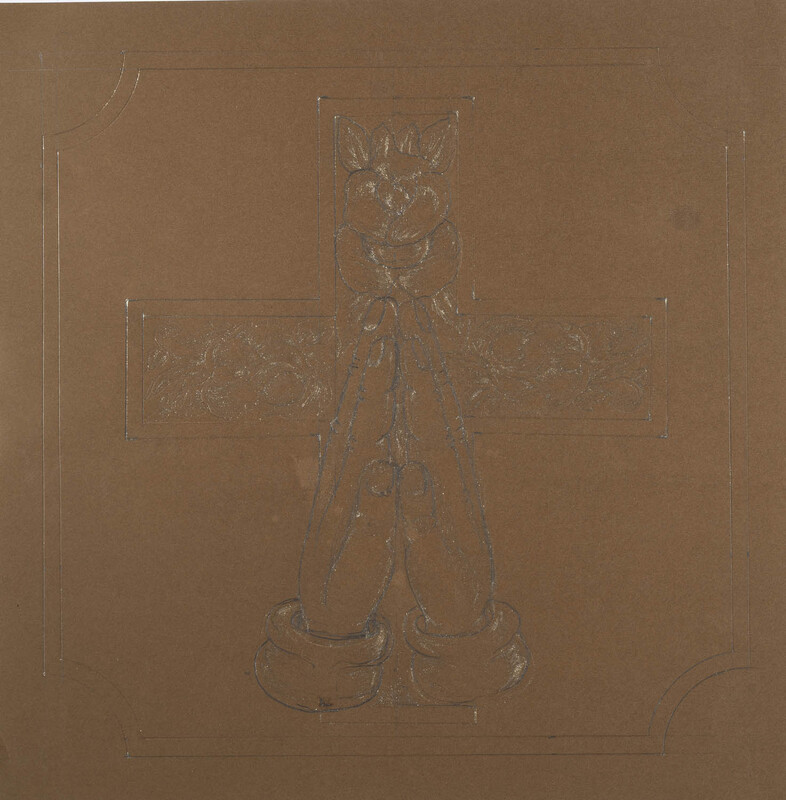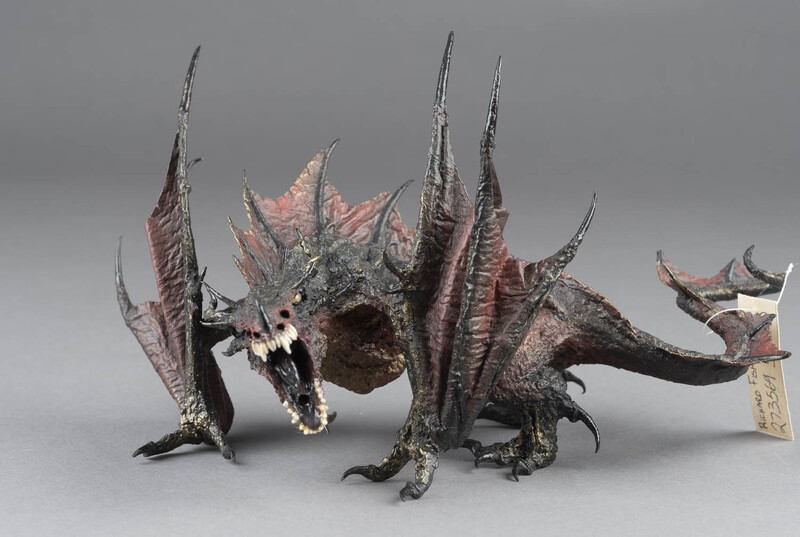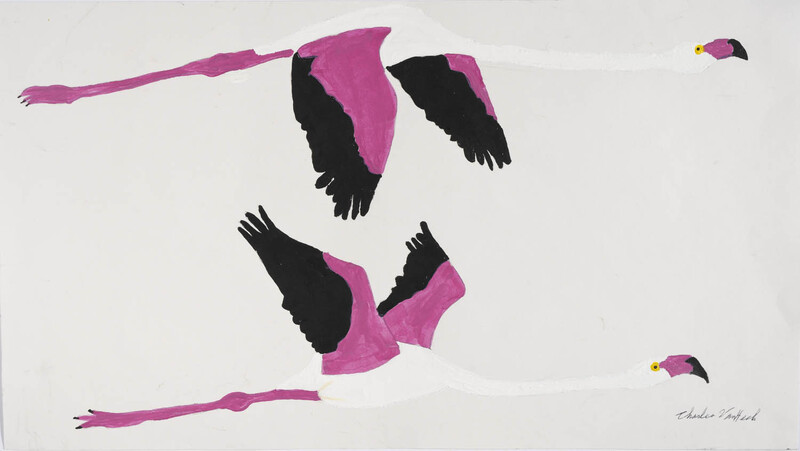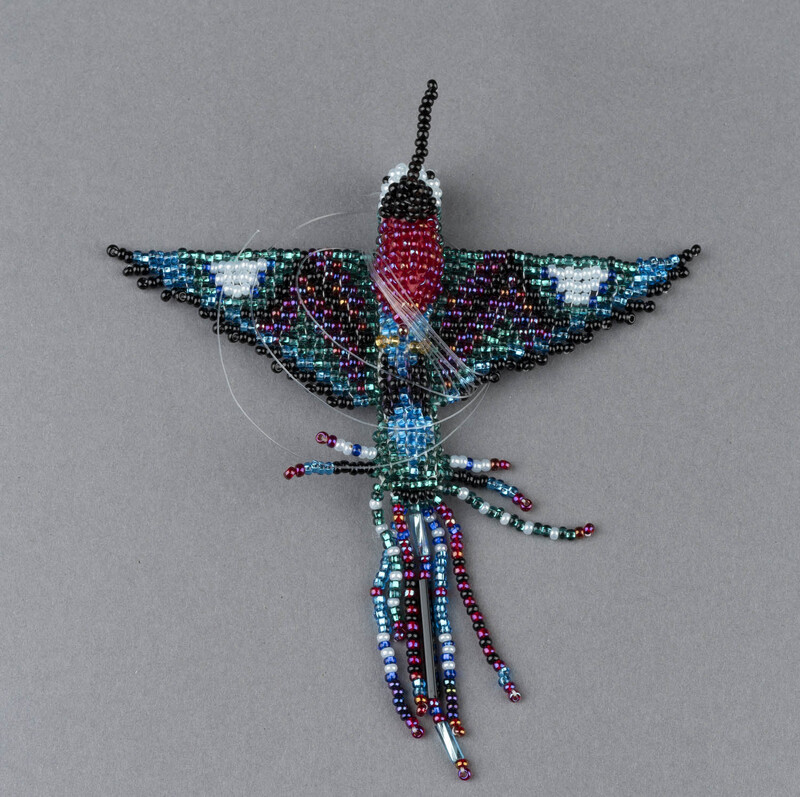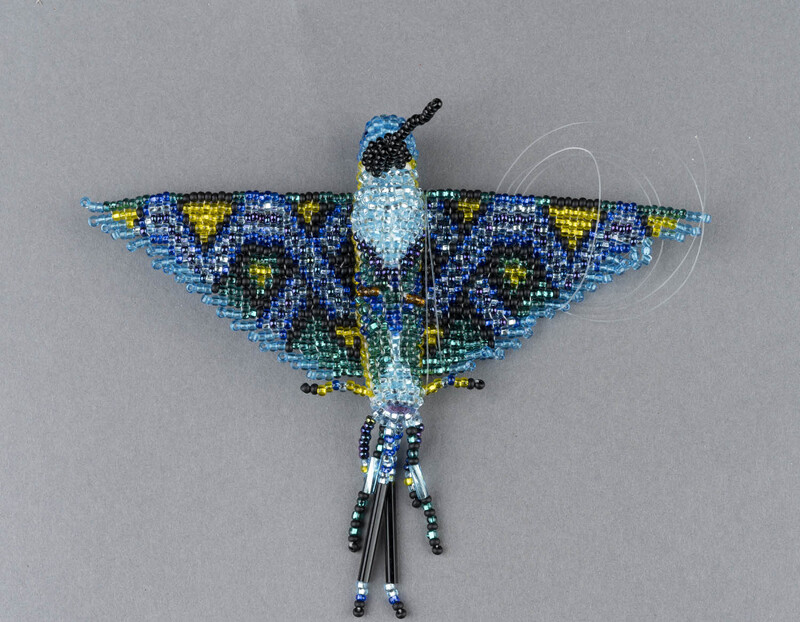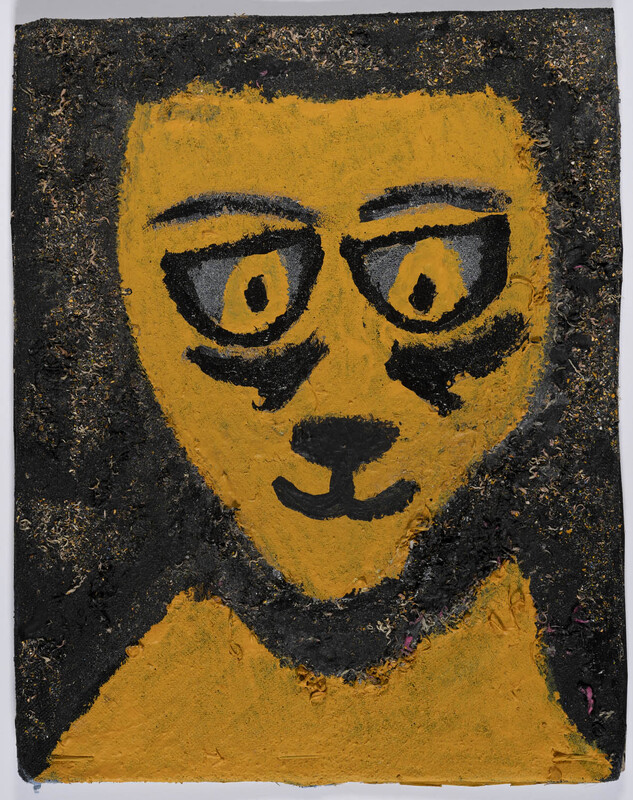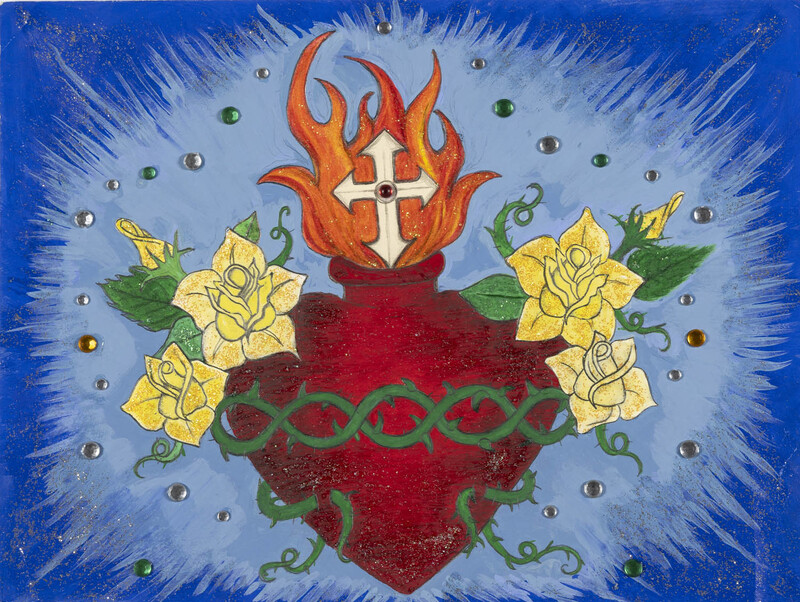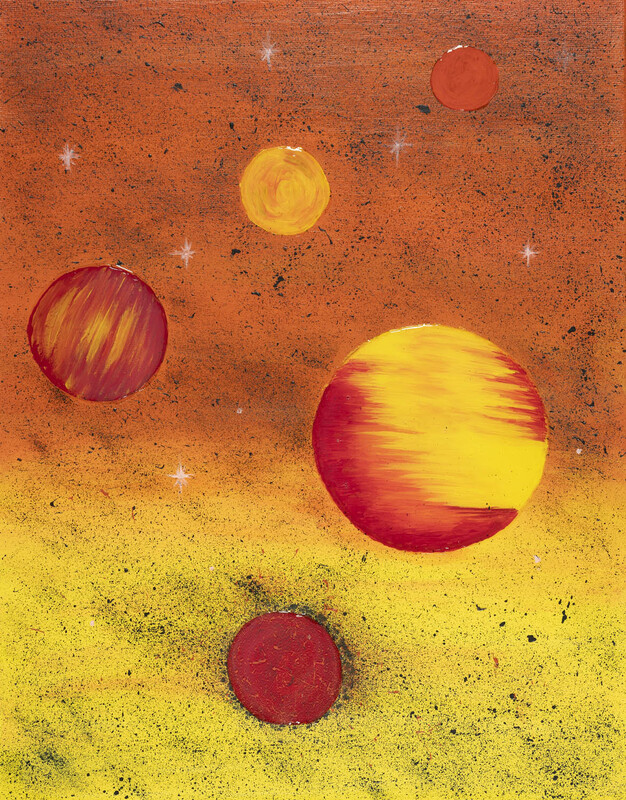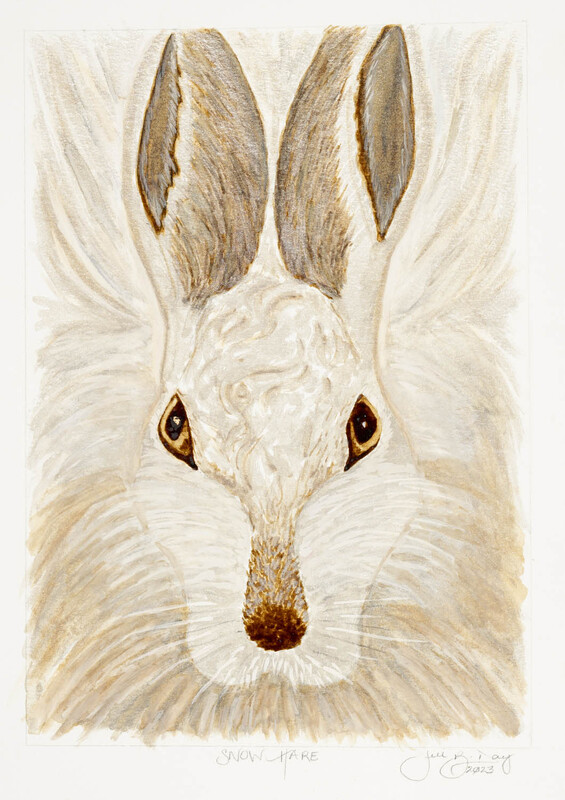Texture
There are many materials that two and three-dimensional artists inside use to create or imply texture in their work. Beginners in 2-D, for the most part, use typing paper and golf pencils, which are free. 3-D beginners may choose cardboard and rocks, which are also free; the most they’ll have to pay for is glue and maybe paint.
Some artists create texture with objects found in the yard or trash. Cardboard, rocks, sand, dirt, grass and leaves, wood chips, ramen noodles, and oatmeal are common materials used to create texture. Used ink pens and markers are cylinders that have endless uses, as are toilet paper or paper towel rolls. Clear plastic bottles make great windows for log cabins made from tiny branches, popsicle sticks, and rocks. Multi-sized plastic containers are perfect cylinders for an assortment of surfaces that can be painted to look like things you wouldn’t believe.
Artists who can afford it purchase better quality supplies from approved vendors. Common painting surfaces for them include drawing paper in either hot pressed (smooth) or cold pressed (rough) types, smooth or rough sanded pastel paper, canvas of assorted textures, and hot or cold pressed watercolor sheets. In addition to these types of paper, artists may add their own texture to enhance a look or feel of a piece they’re working on. Anything from thread, string, and hair to pencil shavings have been used, but many other objects can produce texture.
The best thing for creating flawless, glassy texture is melted Jolly Ranchers. When blobs of multi-colored sugar are melted and shaped, they produce amazing stained glass windows that would fool the average person into thinking it’s real glass. Texture can emerge in other ways, as well. The texture of real brick or sidewalk can be achieved in a pencil drawing by rubbing charcoal pencil over paper placed on the desired texture — the same as one does gravestone rubbings. Artists create texture with whatever materials are available, and the more we create the better we get.
An artist will soak paper in water and crumple it up into a ball. He or she will then lay it on a flat surface and stack something heavy on top. When it dries flat, the paper will have cracks and crevices that are incorporated into drawings or watercolor paintings. If you add a little gray acrylic paint, or coffee, to the water before putting the paper in, a very real animal skin texture will appear on the paper. Think hippo, or elephant. An artist creates their own texture from the simplest materials if he or she can’t afford expensive ones. Look closely at the creations in this gallery and see if you can identify the constructed texture on some pieces.
By: Martín Vargas






